The Timeline of the Universe -Part 1-
Hello friends. For a while now, I've been wanting to write about the stages of development and evolution of the universe from the Big Bang to the present. In preparing this article, I'll cover a total of 10 stages in two parts. After these two parts are completed, I'll write a separate article about the projected future of our universe, and finally, a more detailed article about the Big Bang itself. This series of articles titled "Timeline of the Universe" won't be a very detailed article. Because it's meant to be an introduction, it's not a year-by-year account of what happened. I've divided it into phases: the Big Bang, the first star formation, galaxies, nebulae, and so on. I plan to write a more detailed, year-by-year phased version later. So, let's get started.
Big Bang
The Big Bang occurred approximately 13.87 billion years ago. The universe began with a massive upheaval, creating space and time. The source of all space, time, matter, energy, entropy—in short, everything—is the Big Bang. During the first trillions and trillions of ...
As the universe expanded and cooled, symmetry breaking led to the emergence of four fundamental forces. The particles formed through these forces came together to form the nuclei of the first hydrogens, some helium, and a very small amount of lithium. These elements had no electrons in their orbits because the universe was so hot that the energetic electrons couldn't stay still. This also prevented light, or photons, from traveling. Therefore, in the early universe, there was no light; it was opaque. 350,000 years after the Big Bang, when the universe had cooled sufficiently, electrons entered orbit around the nuclei, and light first began to move. This first light is what we call the Microwave Cosmic Background Radiation.
Another important point is that initially, the universe contained equal amounts of matter and antimatter. As these two combined, converted into energy, and then annihilated, matter, for some unknown reason or reason, emerged to form our visible universe.
The Formation of the First Stars and Galaxies
As the universe expanded and cooled, and matter was forming, the tiny differences at the moment of the Big Bang, coupled with gravity, began to clump together. This is how the first stars formed. First Generation Stars These stars, called "galaxies", were enormous in size. Later, these stars also gathered together to form primitive galaxies, also known as quasars Stars transformed hydrogen into helium in their cores, and helium into carbon through the triple-alpha process, leading to an increase in elemental diversity. The triple-alpha process works as follows: Two helium atoms fuse to form a beryllium atom; then, the beryllium atom fuses with a helium atom to form a carbon atom. This process, which occurs in stars, can continue until fusion is no longer possible (up to the element iron, which has an atomic number of 9). The extent to which the process can continue depends on the mass of the star. The reason fusion cannot continue after the element iron is reached is this: if you fuse an iron atom, the energy required for fusion is greater than the energy available from fusion. For this reason, and because the star's internal temperature is insufficient, fusion cannot occur in the iron element. During this phase, when fusion ceases, the star experiences a supernova explosion.
When discussing primordial galaxies, it's important to remember this: While our timeline remains unchanged, galaxies similar to today's giant spiral galaxies, which had ceased producing stars, were observed during this period. The reason we were able to observe these galaxies, which should never have existed, is that star production accelerated at that time due to the intense collisions of many primordial galaxies, resulting in the depletion of interstellar dust. Since nebulae could not form when the interstellar dust was gone, star production ceased.
If this is true, the possibility of planets and life forming a little further back in time is also possible. But this is only a hypothesis. You can read my article about it here: A Look at the Mystery of Galaxies That Died Too Early.
Great Molecular Nebulae
İlk nesil yıldızlar ve ilkel galaksiler oluşurken bir yandan da yıldızlar arası uzayda maddeler toplanmaya devam ediyordu. Bu toplanmalar ile büyük moleküler bulutsular meydana geldi. Bu bulutsular galaksilerde yıldızlar arası uzayda bulunur. Galakside yeni oluşacak yıldızlar ve gezegenler için ham madde kaynaklarıdır. 300 ışık yılı genişliğindeki bir moleküler bulutsuda bizim güneşimiz gibi benzer 10.000 yıldız oluşturabilecek kaynak bulunmaktadır. Ama moleküler bulutsuların sadece %10′u yıldız oluşturmaya yetecek yoğunlukta olabilmektedir. Bu yeterlilik ise ortalama bir kaç yüzden bir kaç bin yıldıza değişiklik göstermektedir. Moleküler bulutsular dağılmadan 10 veya 100 milyon yıl bir arada bulunabilir.
Birth of Stars in Nebulae
After large molecular clouds formed, they began to clump together under the influence of gravity. This condensation also increased the temperature. With increased heat and sufficient density, hydrogen atoms began to fuse, forming helium, and the formation of what we call a protostar. The nebulae were in their birth pangs. However, these protostars were not visible with visible light, and we still cannot see them. Because they were surrounded by dense dust clouds, the light illuminated only the nebula. We can currently observe these stars with infrared telescopes.
Old Stars and Nucleosynthesis
Our first generation of stars, before they could significantly alter the chemistry of the universe, ended their short lives, exploded, and second-generation stars formed. These second-generation stars spend their lives fighting this battle, balancing the contraction under their own gravity and the outward thrust caused by the energy released by nuclear fusion in their cores.
A star's luminosity, temperature, color, size, and lifetime are all related to its mass. Low-mass stars (about 1/10 the size of the average Sun) cooled to become red dwarfs and will live for who knows how many billions of years. Those with a similar mass to our Sun will burn hydrogen for 10 billion years, yet they remain unchanged. However, more massive stars, due to their short lifespans, quickly aged, and layers of each fuel they burned accumulated above the core. Nucleosynthesis is the process of combining fuels through fusion to form new, heavier elements within a star. Each fuel has a layer above the core. Hydrogen forms at the top, followed by helium and carbon, moving downward.
The second part of my article will include the following topics.
- Death of Stars and New Elements
- Protoplanetary Disks
- Formation of Planetoids and Condensation of Protoplanets
- Formation of Planets Like Jupiter and Earth.
- Chemistry of Life





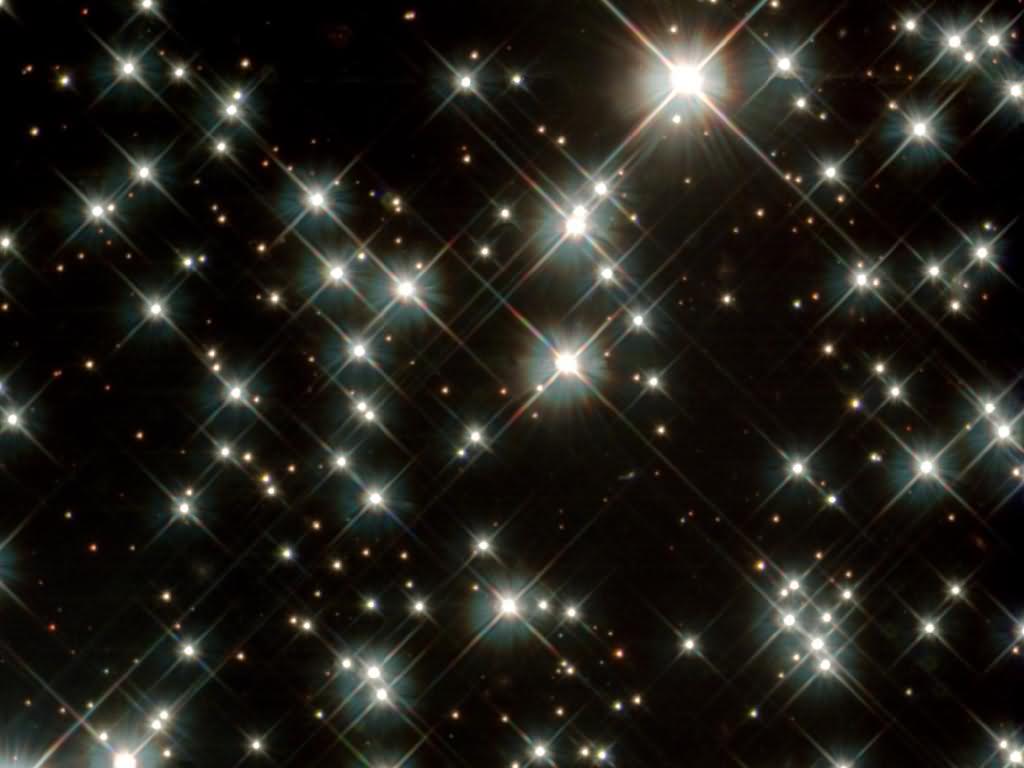
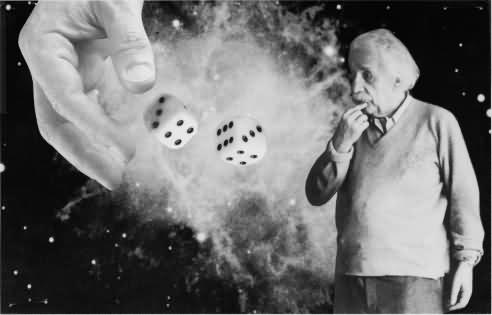
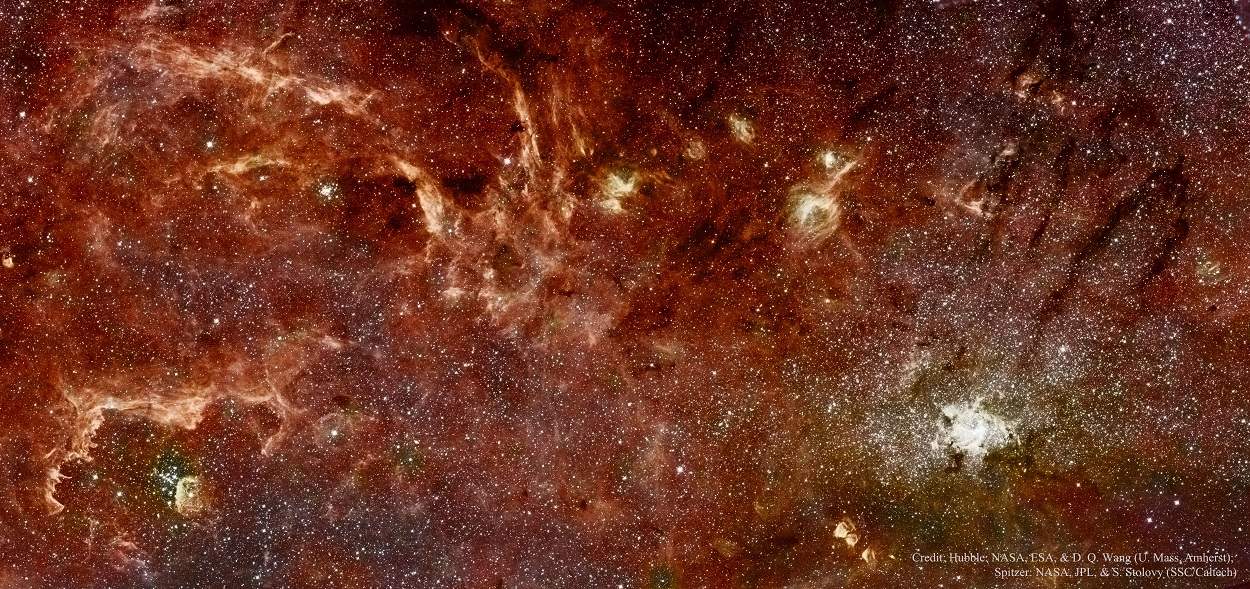
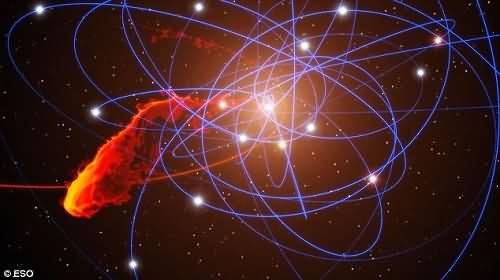
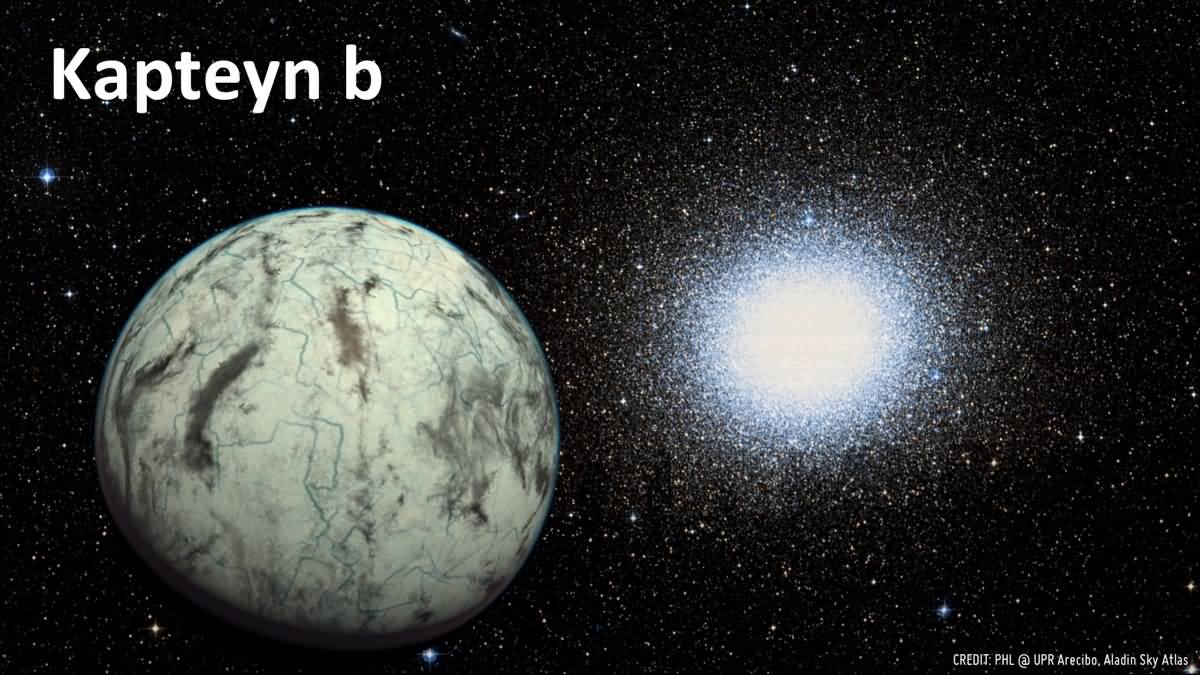
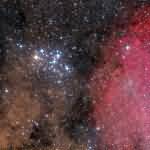
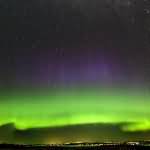
Hello. You've done a wonderful job. Thank you. I read it carefully to know and understand God, the Almighty Creator. As God says in verse 117 of Surah Al-Baqarah, "When He wills a thing, He simply says to it, 'Be,' and it is." This verse explains how space, so vast and beautifully created, was created by God.
La disciple, did you get involved here too? :)